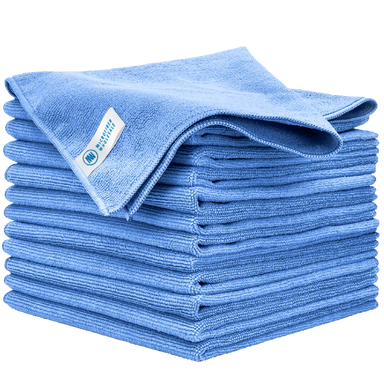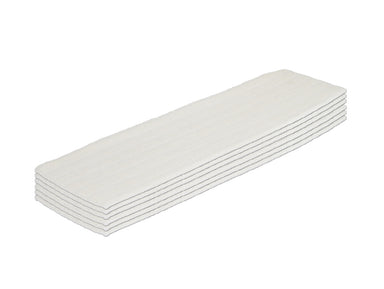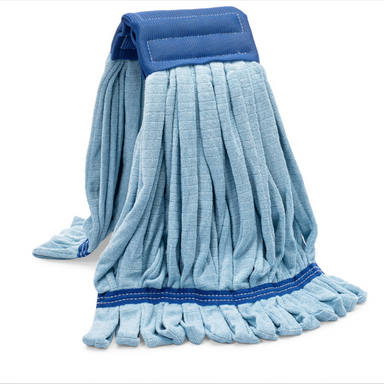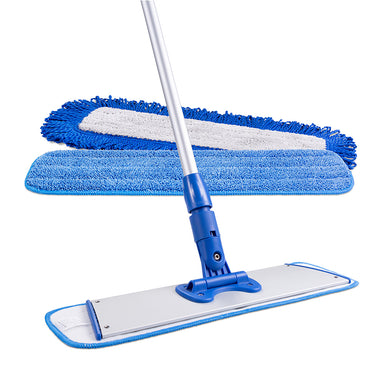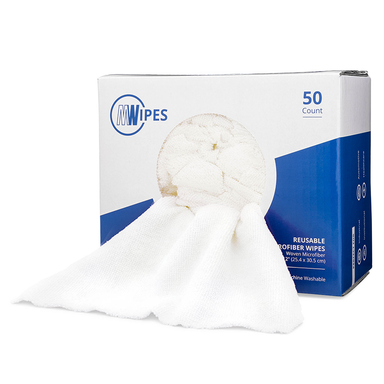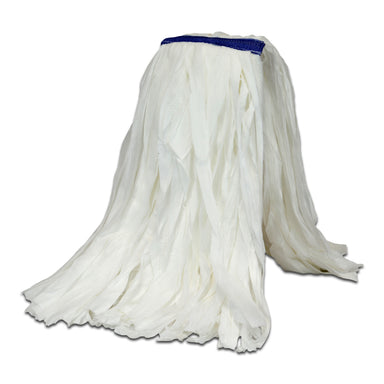When cleaning and disinfecting schools, it is extremely important to focus on high touch areas and easy transition paths that can spread disease. One easy transition path that is overlooked is actually disinfecting your tools, like vacuum tools, brushes and dusters. Also, make sure that you are using chemicals appropriate for the surfaces you’re cleaning. Do not overuse chemicals. Using too much of chemicals does not make them anymore effective, can be a waste of resources and potentially harm your surfaces or you.
To disinfect a classroom, clean all surfaces with a damp microfiber towel (different towels for each area to avoid cross contamination). Use another microfiber towel and submerge it in your disinfectant or, if using a sprayer, spray directly onto the surface. Coat each of the surfaces, again using a different towel for each area – never put a used towel back into your solution. The surfaces would need to remain wet as long as the label indicates before being wiped away and air dried. It is not effective to simply take a wipe and run it across your desks, tables, doorknobs and light switches.
For hard flat surfaces, like floors, countertops and tables, soak your mop or cloth in the disinfectant solution and wring it out slightly, just so it’s not dripping. Apply the solution and leave it on for the recommended contact time and then rinse with clean water (if required) and let it air dry. For more challenging surfaces, like doorknobs, cabinet, appliance or drawer handles, spray on the solution or simply wrap your treated towel around the surface to let the chemical do its job. Use a clean cloth for each surface area and do not put a soiled cloth back in your solution.
In the bathrooms, after proper cleaning, prepare a disinfecting solution and wipe down all the frequently touched surfaces like faucets, door handles, light switches, dryers, and dispensers.
And there you have it! The best tips for back to school cleaning and disinfecting. More cleaning and disinfecting tips can be found on our website’s Clean Like a Pro section.













